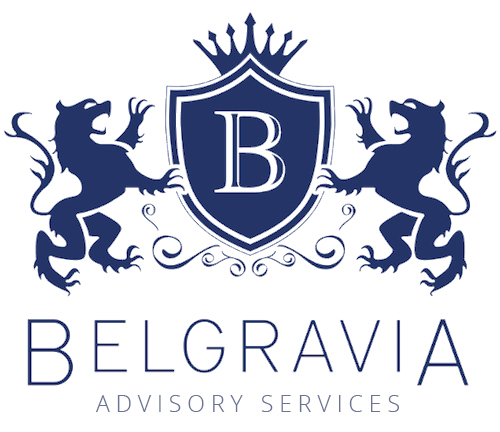Planning for retirement starts with thinking about your retirement goals and how long you have to meet them. Then you need to look at the types of retirement accounts that can help you raise the money to fund your future. As you save that money, you have to invest it to enable it to grow. The surprise last part is taxes: If you’ve received tax deductions over the years for the money you’ve contributed to your retirement accounts, a significant tax bill awaits when you start withdrawing those savings. There are ways to minimize the retirement tax hit while you save for the futur and to continue the process when that day arrives and you actually do retire.
There are five steps everyone should take, no matter what their age, to build a solid retirement plan:

